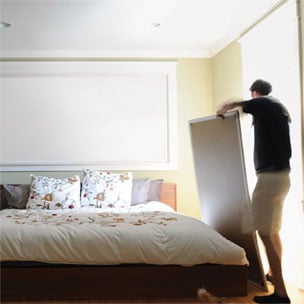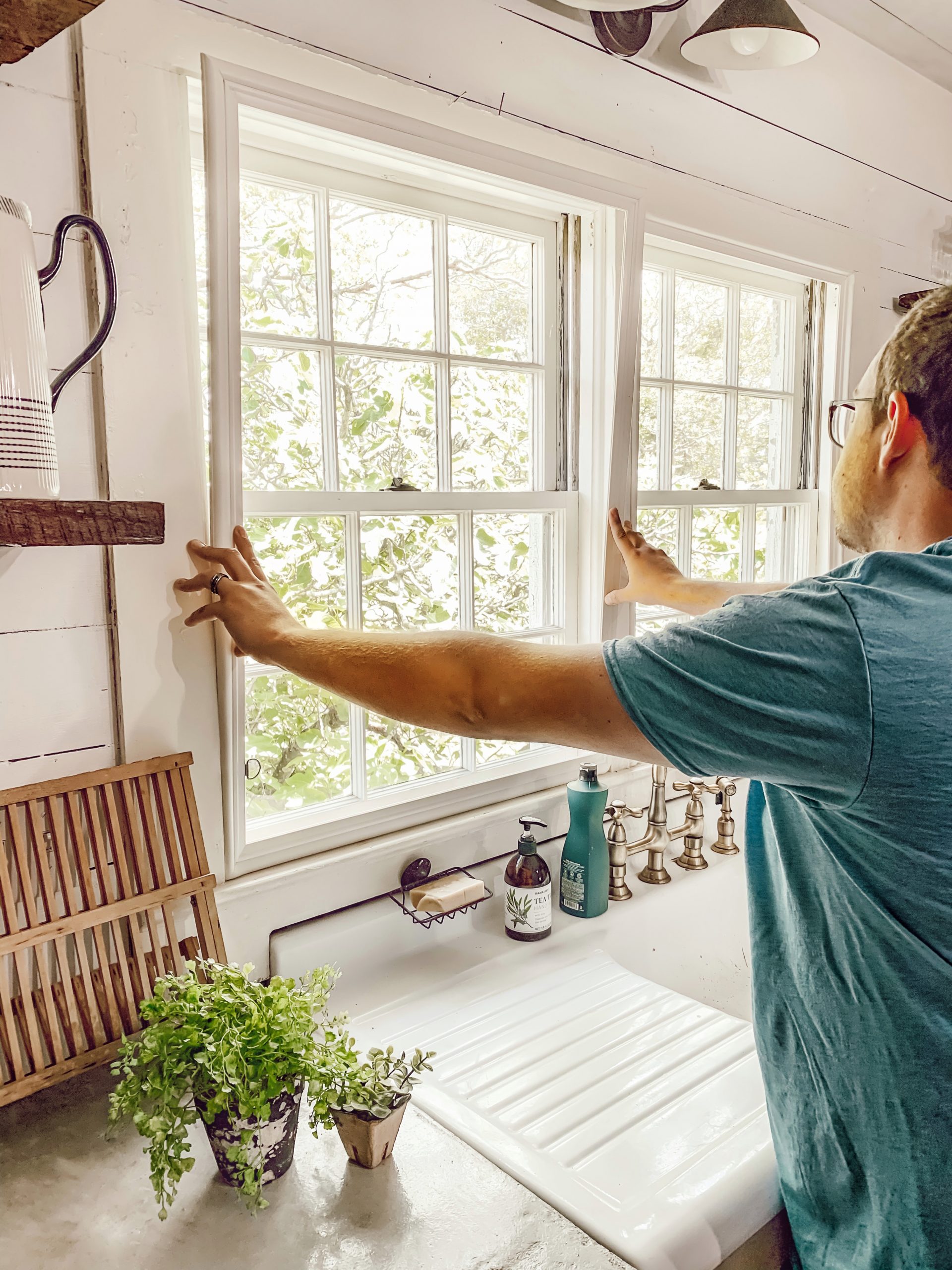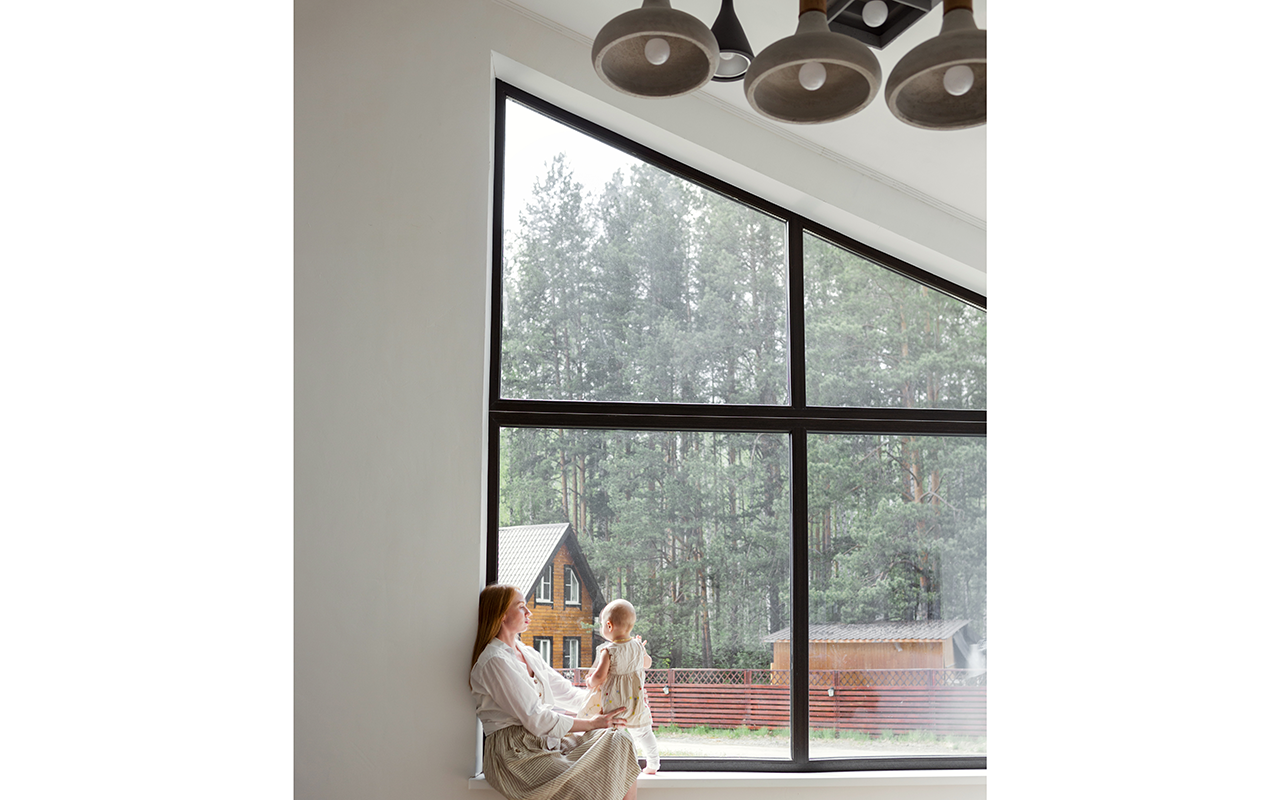Nicole suffers migraines and headaches caused by light. So much so she installed custom blackout blinds on her bedroom window. Over the blinds, she placed heavy blackout curtains, velcroing together where they met in the middle, and nailing the curtains to her window frame to prevent light from getting in around the edges. Then she hung a regular decorative curtain over all that.
Still, she could see light coming through.
Even at work where she practices law, she dimmed the light, removing all but two of the 12 light bulbs in a ceiling fixture in her office.
When she has a migraine, light bothers her and she doesn’t want anything touching her forehead or face like an eye mask.
“When I don’t have a headache, light is bothersome,” said Nicole. “When I have a headache, light is unbearable.”
It’s not fully understood why light makes migraines worse, said Kim Hutchinson, a neurologist at Oregon Health and Science University who works in the Sleep Disorders Program and the Headache Center. Blocking light doesn’t generally make migraines go away, but it removes a factor that can make it significantly worse.
“If you have migraines, it’s almost always worse with light,” said Hutchinson. “All migraines have a number of different triggers.”
Migraine sensitivity to light, sound and other triggers.
A range of factors can trigger migraines from food to weather patterns to hormonal changes. Stress and sleep deprivation can also play a role. In certain cases, light can trigger them and so sometimes people will wear sunglasses all the time to reduce their exposure. A sensitivity to sound can also trigger a migraine or make an existing migraine worse.
Nearly one in four U.S. households has someone suffering from a migraine and 12 percent of the population suffers from migraines, according to the Migraine Research Foundation. Also, research published in the journal Headache has found migraines and severe headaches disproportionately affect women, disadvantaged racial groups and the poor.
Often the first symptoms of an attack appear as migraine sensitivity to light, sound and smell. Alternately, those same things can be triggers, according to Andrew Charles in “The Evolution of a Migraine Attack“.
Reducing sensitive-to-light headaches
Nicole complained to a friend about her struggle to block all the light in her bedroom. After doing research, her friend directed her to Indow and she bought a custom-fit Sleep Panel for her window. The insert is opaque and blocks more than her blackout blinds and blackout curtain combined since it’s laser measured to fit precisely into the interior of her window frame. Because it’s edged in silicone compression tubing, she can easily pull it out of her window. Together, the Sleep Panel and her decorative curtain make the room completely dark. She posted on Facebook and reached out to Indow because she said, “I just want to help people – I know what it’s like.”
“If someone doesn’t have to suffer because they get to use this product, then I’m happy.”

Because noise can trigger a migraine or make it worse, it’s worth pointing out the Sleep Panel also blocks 50 percent of noise coming through a single-pane window. So it makes a room dark and quiet.
Preventing Migraines Naturally
The American Migraine Foundation outlines good lifestyle practices to reduce the likelihood and severity of migraine attacks. These include:
- Get enough sleep and maintain a regular sleep routine.
- Exercise regularly.
- Eat a well-balanced diet and record any food triggers that may induce headaches.
- Stay hydrated and avoid fluctuations in caffeine levels.
- Manage stress and identify migraine triggers by keeping a headache journal.
If you suffer migraines and they’re exacerbated by light and noise, consider trying Indow’s Sleep Panel to block all the light and 50 percent of the sound coming through your bedroom windows. Contact us today so we can help determine whether this is the right solution for your windows.







Keep the window of colors that are not too vibrant or too dull. They really can help you with the mood if the colors are right. Something that is aesthetic.